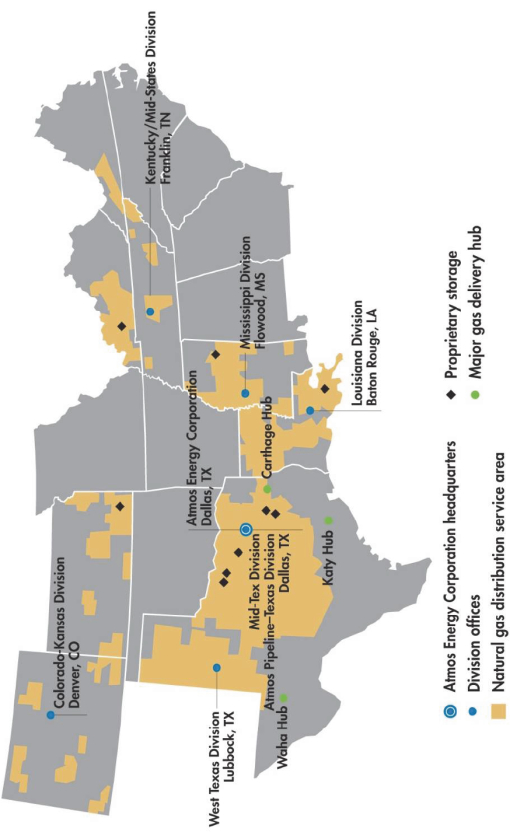DESCRIPTION OF COMMON STOCK
The following summary of our common stock, no par value per share (the “common stock”), is based on and qualified by reference to, our Restated Articles of Incorporation filed in Texas and Virginia (the “Articles of Incorporation”) and Amended and Restated Bylaws (the “Bylaws”). For a complete description of the terms and provisions of our equity securities, including our common stock, refer to the Articles of Incorporation and Bylaws, each of which are filed as exhibits to our annual reports on Form 10-K filed with the SEC. See “Where You Can Find More Information.”
General
Our authorized capital stock consists of 200,000,000 shares of common stock, no par value, of which 122,267,437 shares were outstanding on February 10, 2020. Each of our shares of common stock is entitled to one vote on all matters voted upon by shareholders. Our shareholders do not have cumulative voting rights. With respect to any matter, other than a matter for which the affirmative vote of the holders of a specified portion of common stock may be required by law or our Articles of Incorporation, an act of the shareholders requires the affirmative vote of the holders of a majority of the shares entitled to vote on a matter and represented in person or by proxy at a meeting at which a quorum is present. The power to alter, amend or repeal the Bylaws, and to adopt new Bylaws, is vested in our Board of Directors, subject to repeal or change by the affirmative vote of the holders of 75 percent of the outstanding shares of common stock entitled to vote thereon.
Our issued and outstanding shares of common stock are fully paid and nonassessable. There are no redemption or sinking fund provisions applicable to the shares of our common stock, and such shares are not entitled to any preemptive rights. Since we are incorporated in both Texas and Virginia, we must comply with the laws of both states when issuing shares of our common stock.
Holders of our shares of common stock are entitled to receive such dividends as may be declared from time to time by our board of directors from our assets legally available for the payment of dividends and, upon our liquidation, a pro rata share of all of our assets available for distribution to our shareholders.
American Stock Transfer & Trust Company is the registrar and transfer agent for our common stock. Our common stock is listed on the New York Stock Exchange under the trading symbol “ATO.”
Charter and Bylaws Provisions
Some provisions of our Articles of Incorporation and Bylaws may be deemed to have an “anti-takeover” effect. The following description of these provisions is only a summary, and we refer you to our Articles of Incorporation and Bylaws for more information.
Cumulative Voting. Our Articles of Incorporation prohibit cumulative voting. In general, in the absence of cumulative voting, one or more persons who hold a majority of our outstanding shares can elect all of the directors who are subject to election at any meeting of shareholders.
Removal of Directors. Our Articles of Incorporation and Bylaws also provide that our directors may be removed only for cause and upon the affirmative vote of the holders of at least 75 percent of the shares then entitled to vote at an election of directors.
Fair Price Provisions. Article VII of our Articles of Incorporation provides certain “Fair Price Provisions” for our shareholders. Under Article VII, a merger, consolidation, sale of assets, share exchange, recapitalization or other similar transaction, between us or a company controlled by or under common control with us and any individual, corporation or other entity which, alone or together with its affiliates or associates, owns or controls 10 percent or more of our voting capital stock, would be required to satisfy the condition that the aggregate
20


